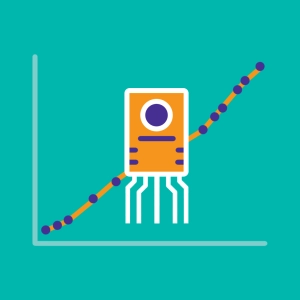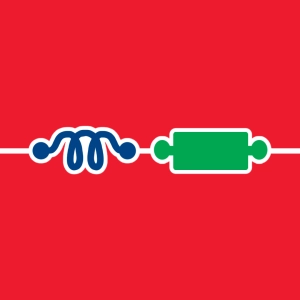 Moore's law
Moore's law
Learning objectives
- To illustrate what a chip in an electronic component really is.
- To make a link between the chip (< cm²) and the exterior form of the electronic component.
- To present the principal characteristics of each microprocessor.
There are, in fact, several Moore’s Laws. At the beginning, Gordon Moore, an engineer with Fairchild Semiconductor (a co-founder of Intel) showed in 1965 that the number of transistors per semi-conductor component would double every 18 months, at a constant price. But, very quickly, different Moore’s Laws would emerge to characterize the exponential growth in calculating power, density, complexity…
This animation represents the evolution over time of the number of transistors per component (microprocessor) The ordinate is graduated with a logarithmic scale. Thus, this truly shows an exponential growth rate.
We are currently in a slowdown phase where the criterion of density is concerned (thermal dissipation, quantum effects) and so the growth of this curve is slowing down.

Discover EduMedia for free
The interactive encyclopedia that brings science and math to life in the classroom.
Over 1,000 resources





